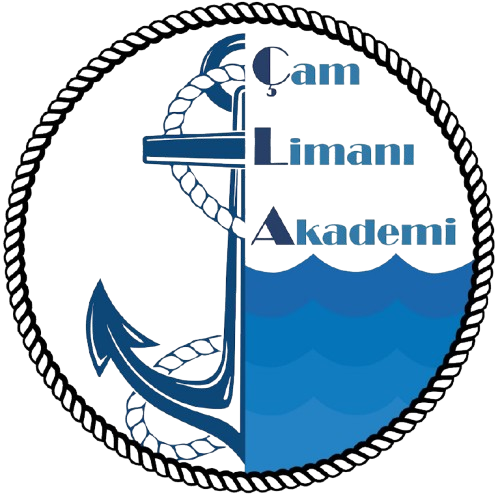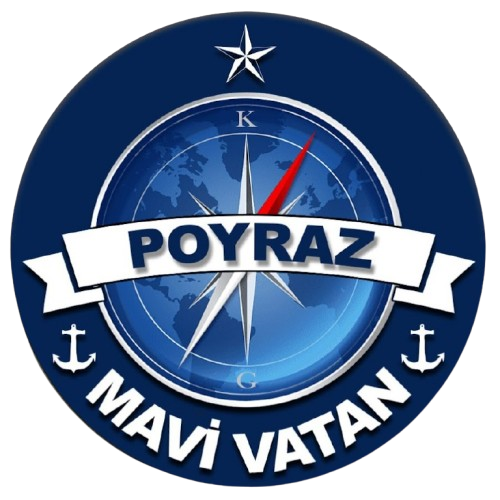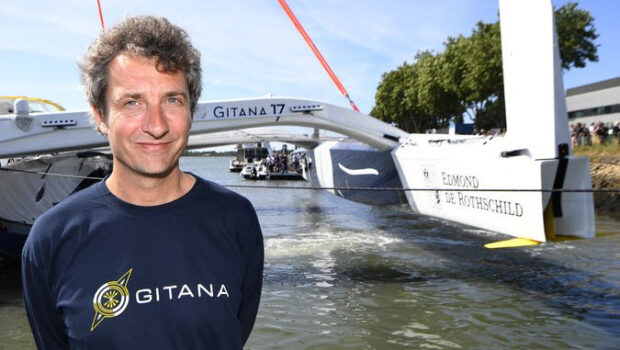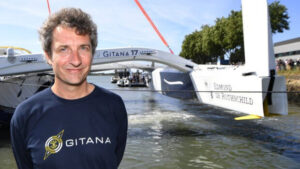Guillaume Verdier is at the forefront of offshore yacht design and Charles Caudrelier has his design in the lead of the non-stop round-the-world Arkea Ultim Challenge-Brest race for the Ultim Class. With the six-boat fleet of maxi-trimarans now in the third week, Verdier shares his observations:
Is this race as you imagined it might be?
I just don’t make predictions of these kind of things. I just don’t. In terms of speeds, it is what I thought, yes, but I did not have a vision that it would happen like this or like that. I just don’t do predictions. I have enough experience not to expect anything or predict anything. I just cross my fingers.
But they are going fast, Charles is fast and going well. He is not supposed to be going at crazy speeds, we don’t want him to damage the boat in this position, but what is remarkable is these boats are a lot more comfortable than IMOCA 60s. They are going much faster and are much more comfortable.
I really wish the IMOCAs would understand this, that by allowing us to have elevators on the rudders, they could fix a lot of their problems slamming and damaging their boats and the skippers. This race is making a good show. Yes, there are maybe not enough boats and not enough competition right now, but it is good show for the architecture and design.
And how closely are you monitoring Maxi Edmond de Rothschild (aka Gitana)?
I watch the performance of Gitana all the time because we are in the process of designing other boats and it is very interesting looking at downgraded performance, that is to say not the optimum (theoretical) performance.
I am quite impressed seeing 840-mile days, even though it has been done before, it is still quite remarkable especially as Charles is not out to beat the record but is at a normal racing speed, not pushing himself like crazy. It is very remarkable.
How much has Maxi Edmond de Rothschild improved for this season?
The boat is a little bit better in terms of safety and the appendages used to damage themselves a little bit because of cavitation. Each year, we move forward and improve on the cavitation and make sure we don’t lose bits of composite just through cavitation.
Cavitation on these boats when you sail them above 40 knots looks like where you have shot bullets with a gun on the appendages; it just rips away the carbon and so we try to improve that all the time. It is not easy, pushing it all the time, widening the cavitation bucket and so on. It is always a compromise. You always have to compromise. Gitana seems to be reliable.
Are we seeing that Gitana is more reliable because it has had a longer development and optimizing lifecycle?
We had many problems in the past that a lot of them are fixed now, starting from the trailing edge of the foils which got damaged, cavitation which ripped apart the appendages, the fairing that broke off and non-structural pieces.
And what are you learning for the next boats?
I learn that you are still fighting, they want the boat to be the ultimate light weight and for me it has to be reliable, that is my goal. Reliability comes first for me, by a long, long way. Otherwise, you are just designing a boat to race in front of the boatyard only! They always want the boat faster and lighter. But I cannot talk about the new boat.
What is the key design difference between Gitana and the other new generation Ultims?
Gitana is a boat which has big, high floats and I pushed for that at the start to spread the torsion. If you have little floats on a big main hull, when you go through waves with flexi arms and a lot of curvature in the arms, that tends to make a lot of movement of the float and the arms and the main hull is the very stiff object in torsion.
I wanted to spread the torsion more equally between the three so I would have a very accurate foil control. I wanted accuracy in my appendages and so stiffness was a priority. And having floats which are narrow and high – ours are very narrow on Gitana, to go through waves well, and very high for torsion reason.
You pay a price for that in weight but for me it helps you in control. And it seems Trimaran SVR-Lazartigue does well too though it is a smaller hull section and beams which are smaller. You need to have a lot of material on the small sections to make it stiff or equivalent. That was my philosophy making it narrow to go through waves.
Does that hold true for the new boat?
I am not allowed to talk about the new boat whether it is a catamaran, a trimaran or a quadramaran with two masts! (laughs)
And what are your other observations about the race and where we are on ocean racing right now?
The race is interesting. I was really worried because you cross your fingers, there is so much luck involved in not having a collision, things like that we design boats to be safer for collisions. The first objective in design is avoiding collisions, also to be sustainable. The idea of hitting an object at speed is so scary.
Sailing is still a beautiful example of ecology, in my opinion, and it is a good experimental project to show how you can use so much wind energy power and from other sources to load up battery packs. I would be so in favor of future races that we allow the accumulation of energy as an example to the population that we don’t need fuels.
What more can we do, are there more solutions to avoid damage from collisions?
I think probably, like collecting energy; there needs to be different approaches so that the best one can prevail. I was on the Quebec Saint Malo race before where the fishermen are among a lot of whales. They say you have to leave the music on, or make some noise; that was the experience of the fishermen in the Saint Lawrence area.
And we look at other technical ways with thermal cameras, with masthead cameras. The masthead cameras are not always efficient because the masthead is moving a lot and keeping the camera focused on one point is hard, and sometimes you may see a difference in temperature but it is moving a lot in the waves, it is hard also. That was the experience in 2011 with Safran originally and it was so hard to spot.
Some frequencies in the water disturb the mammals or sonar. I think we need to keep working on it and the best way will likely be a combination of these things. But we cannot keep hitting mammals. Fishermen and cargo ships have not tried to solve the problem and they are doing the same things. They don’t talk about it but we need to find solutions to this for us and them as we all use the oceans.
Do you lose more or less sleep following this race or the Vendée Globe?
The Vendée Globe is more stressful for me. I am not sure why, it lasts longer and now the boats are stupidly brutal in the Vendée Globe, it is like having the shock of a hammer. But we are getting better all the time offshore.
Details: https://arkeaultimchallengebrest.com/en
The Ultim Class trimarans have a maximum length of 32 meters and a maximum width of 23 meters.
The solo speed record around the world was set in 2017 by François Gabart (FRA) on the 30m Macif trimaran in a time of 42d 14h 40m 15s for an average speed of 21.08 knots. This yacht has been rebranded and will be raced by Marchand.
Entrants:
• Charles Caudrelier (FRA), Maxi Edmond de Rothschild (2017 Verdier 32/23)
• Thomas Coville (FRA), Sodebo Ultim 3 (2019 VPLP/others 32/23)
• Tom Laperche (FRA), Trimaran SVR-Lazartigue (2021 VPLP 32/23)
• Armel Le Cléac’h (FRA), Maxi Banque Populaire XI (2021 VPLP 32/23)
• Anthony Marchand (FRA), Actual Ultim 3 (2015 VPLP 30/22)
• Éric Péron (FRA), Trimaran Adagio (2014 VPLP 31/21)*
* Only entrant without foiling appendages
Five rules from the Sailing Instructions:
• The start is January 7 from Brest, France. The start line is kept open for 168 hours and the finish line is closed after an elapsed time of 100 days after the start time, that is to say April 16, 2024.
• The skippers can communicate and exchange with their teams on shore, so they have the freedom to get weather information and be routed by their team on shore and get technical help and advice to help with technical problems.
• The solo skippers can stop but there are two distinct operations. A technical stop is unassisted and requires the sailor to drop anchor, take a mooring, or tie up alongside an anchored or moored boat with no external help. There is no time penalty for a technical stop. But for a technical stopover (escale technique) where one or more crew or technical team come on board to help, there is a mandatory 24 hours minimum. This does not apply to the start port of Brest where all means are authorized to reach or leave the port within a radius of 50 miles.
• For the first time in ocean racing, zones where there are known to be a high concentration of whales and sea mammals are determined. Establishing these zones should both protect the marine wildlife and reduce the chance of a collision. These zones are around the Azores, the Canaries, south of South Africa, the Kerguelens, and parts of the Antarctic.
• There are ice exclusion zones to protect the skippers and their boats.
Source: scuttlebutt – https://www.sailingscuttlebutt.com/2024/01/27/speed-and-reliability-in-ultim-class/









